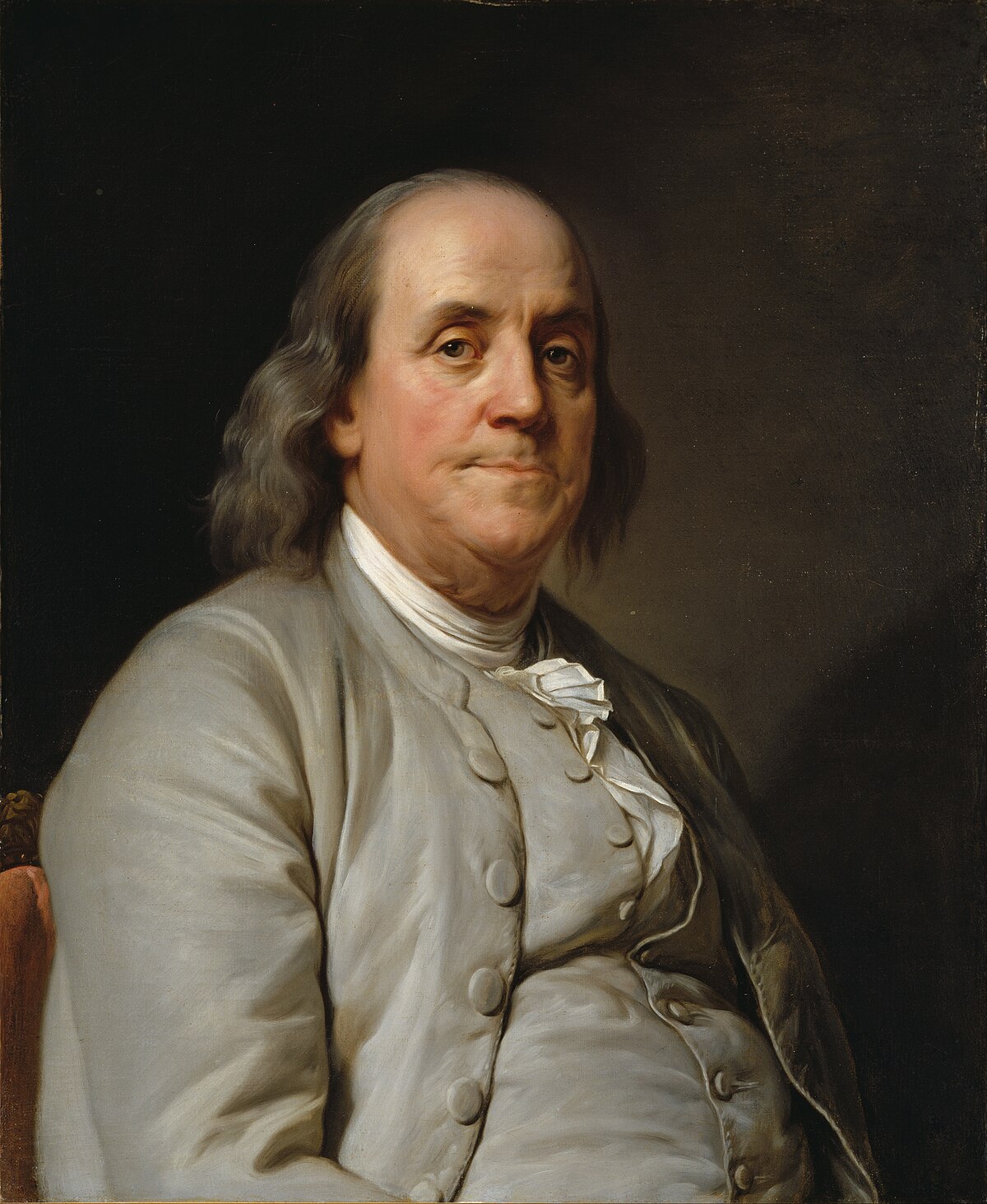 |
| William Baumol Namesake of Baumol Effect |
Edmonds is correct in pointing out that Louisville is not the sole sufferer of the bus driver crunch. Numerous school districts are grappling with similar predicaments due to reasons like insufficient pay, hard hours, and the after-effects of the pandemic. For instance, the Tampa, Florida, school district still has 203 driver vacancies even after the school year has begun. Other institutions have resorted to public transportation or last-minute hires, highlighting the intensity of the problem.
At the commencement of the 2023-2024 school year, the Sonoma Valley Unified School District (SVUSD)—where I serve as a trustee—has also faced a lack of bus drivers, as reported by Dan Johnson in the August 18 Sonoma Index-Tribune. This shortfall critically impacted high school students' transportation. Despite the district's advertising for four full-time openings with a fairly competitive hourly wage ranging from $22.51 to $24.83, recruitment efforts have been met with little success, as noted by Superintendent Dr. Jeanette Chien.
Compensation inadequacies and work-hour incompatibilities contribute to the driver shortages surfacing throughout the nation. SVUSD has sought assistance from Sonoma's city manager, David Guhin, in addition to reaching out to the Sonoma County Office of Education, neighboring districts, and private entities to help with staffing. Fellow trustee Celeste Winders encouraged applicants to explore the full-time openings, promising competitive wages and impactful roles in facilitating students' success.
Despite these efforts, as noted in the New York Times article, a comprehensive solution appears distant. The job's negative factors, including often low wages and occasional confrontations with parents or students, reduces its appeal. Erica Groshen from the Cornell University School of Industrial and Labor Relations suggests increasing pay as a direct solution. Jefferson County use of AlphaRoute, though, a routing software, actually made the impact of driver shortages worse. As those knowledgeable of the Baumol Effect are aware, there are few productivity gains available for jobs, like nurse, teacher, and school bus driver, that hinge on the quality of interpersonal connections, and the cost of such employees will continue to rise. These industries must compete for labor with those sectors that do see productivity gains, simply to continue to offer the same level of service. Hence, for struggling families, the seemingly distant prospect of a return to regular transportation for schooling remains a continuing concern.

